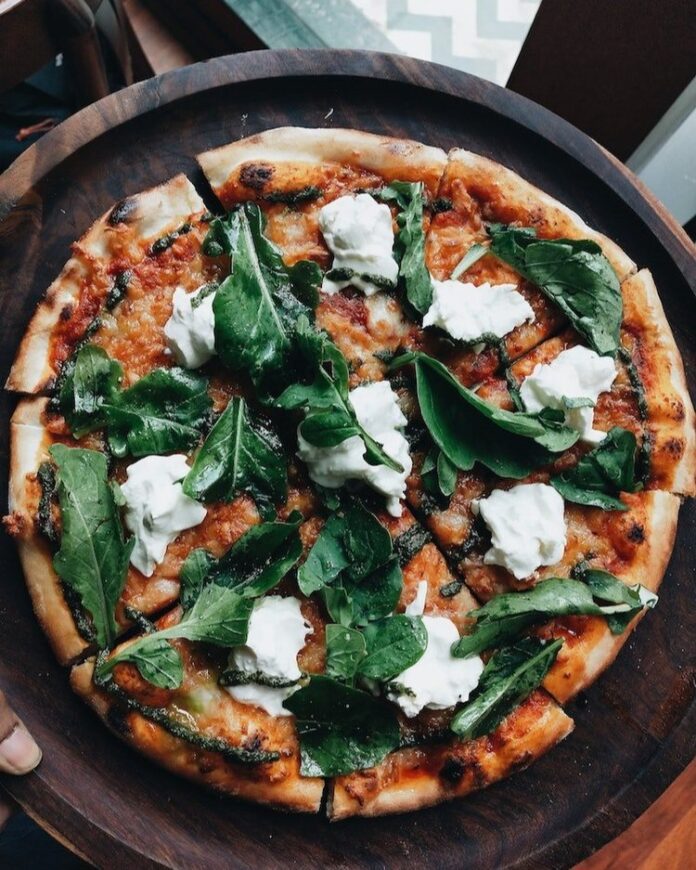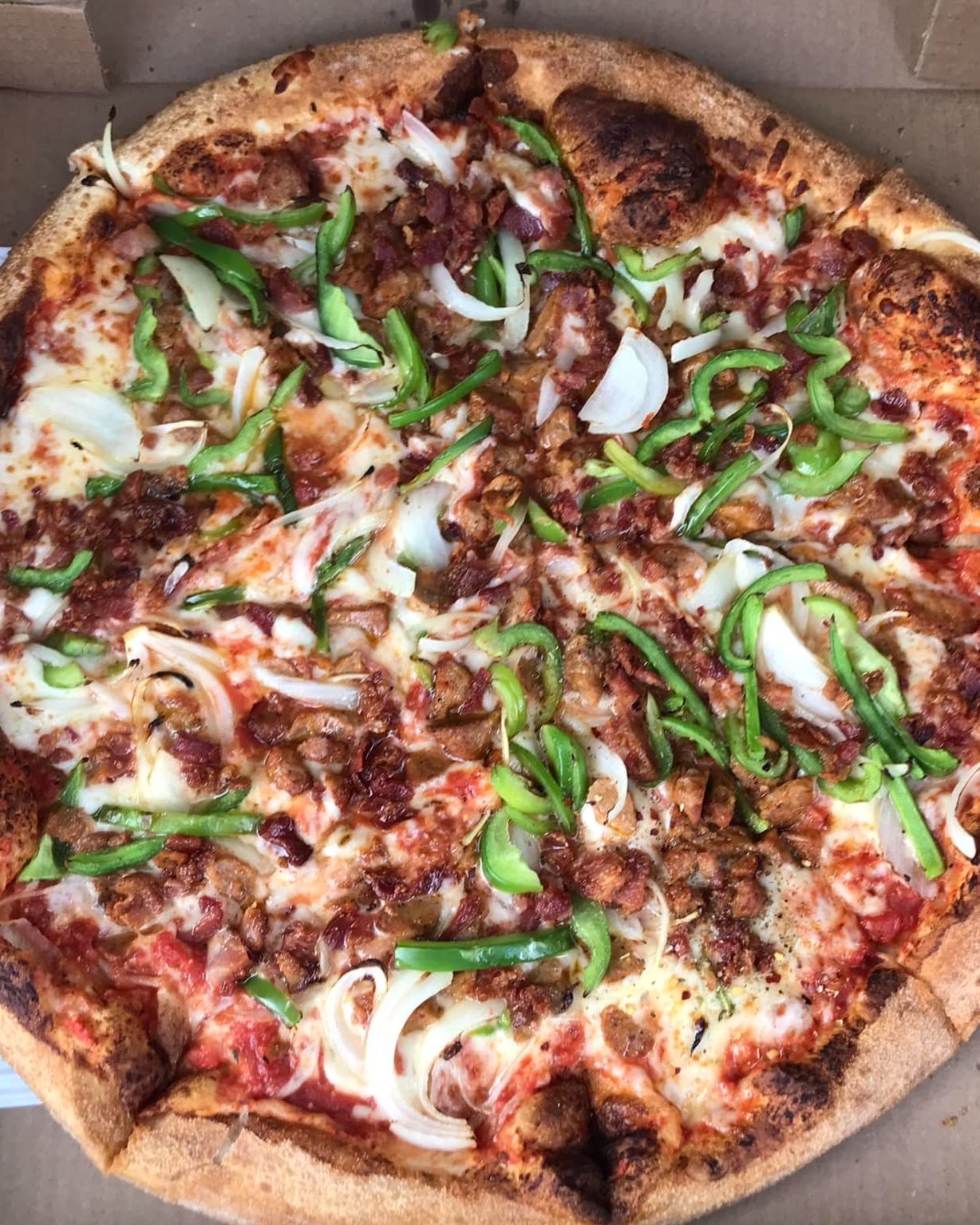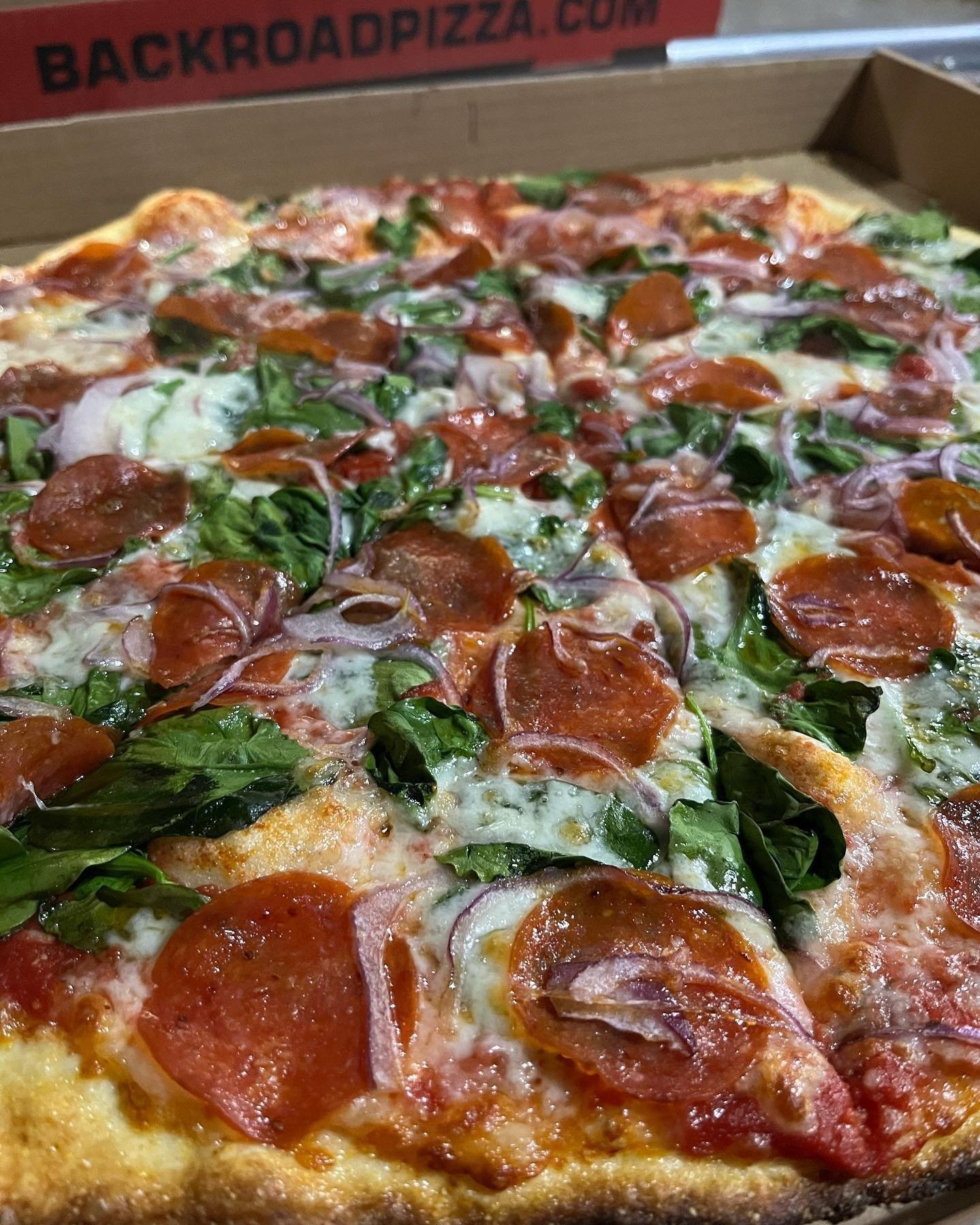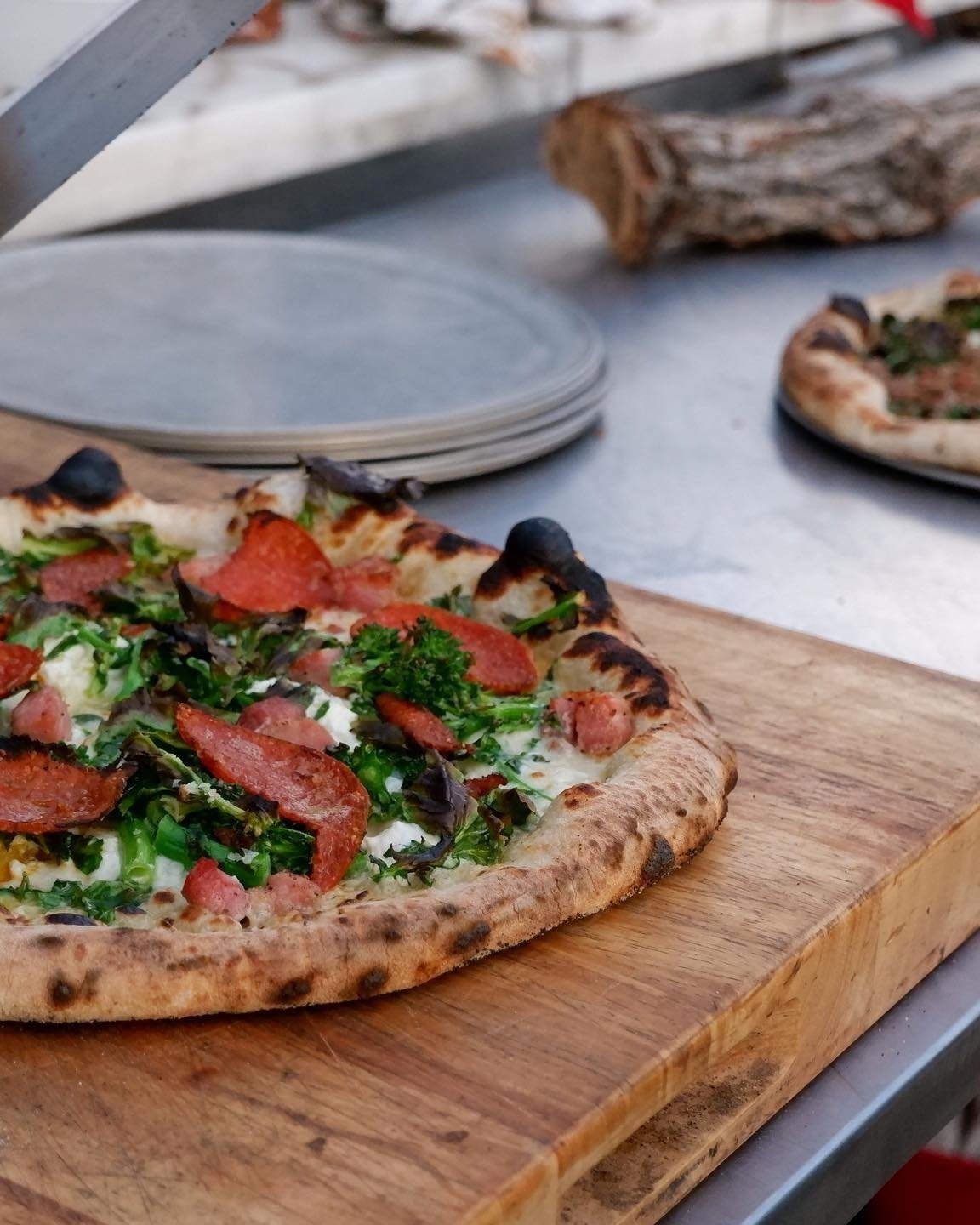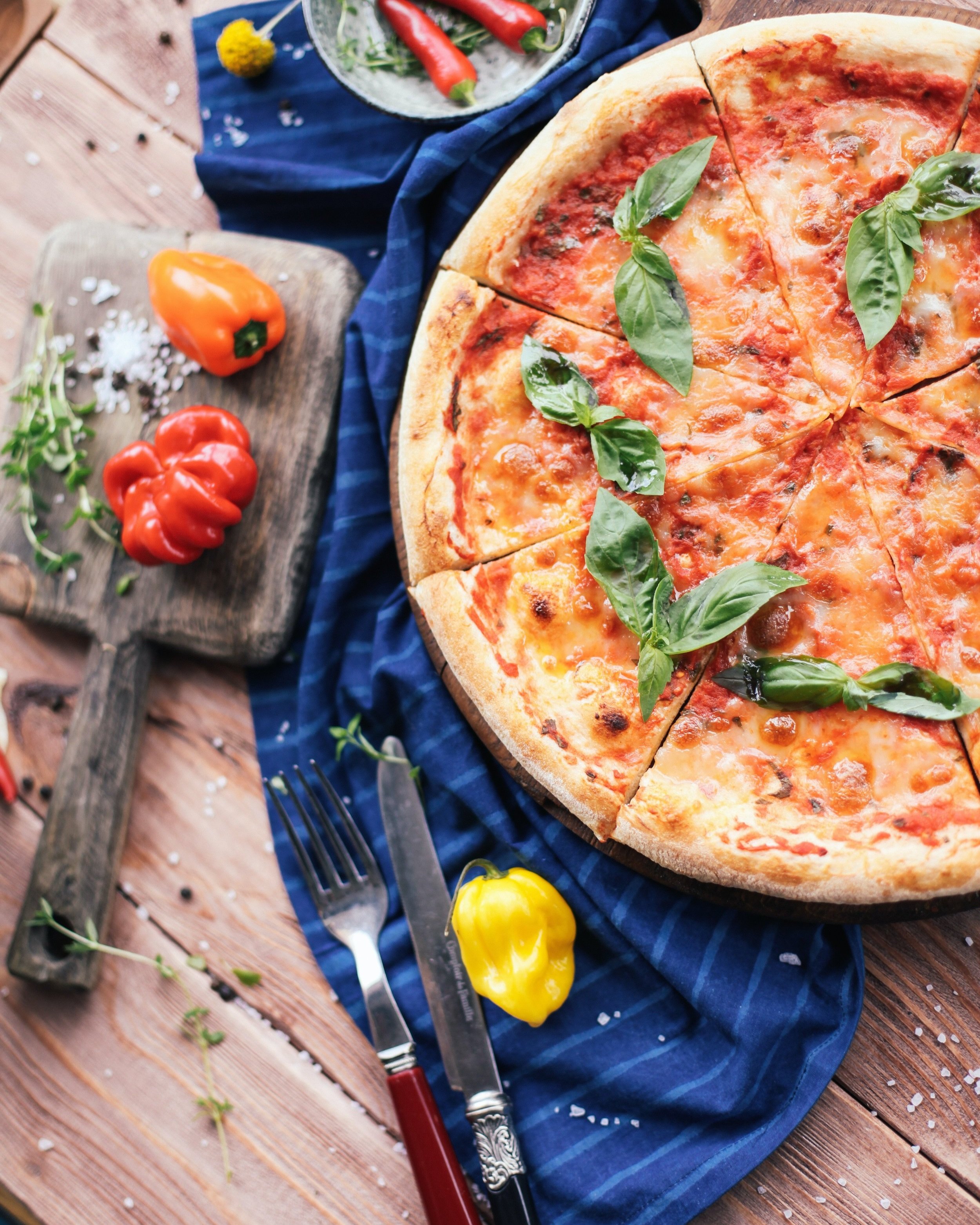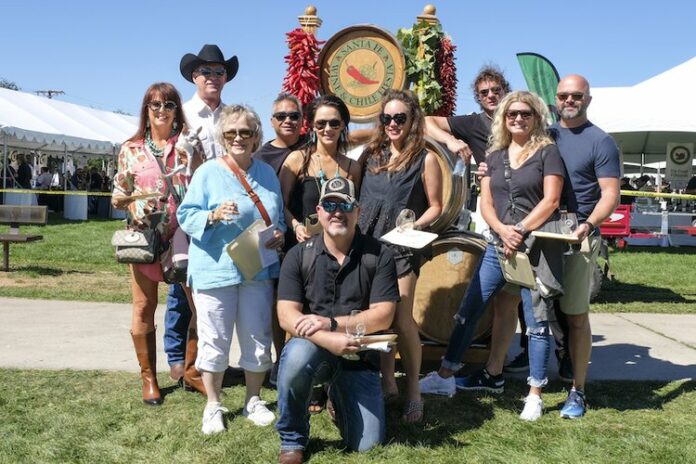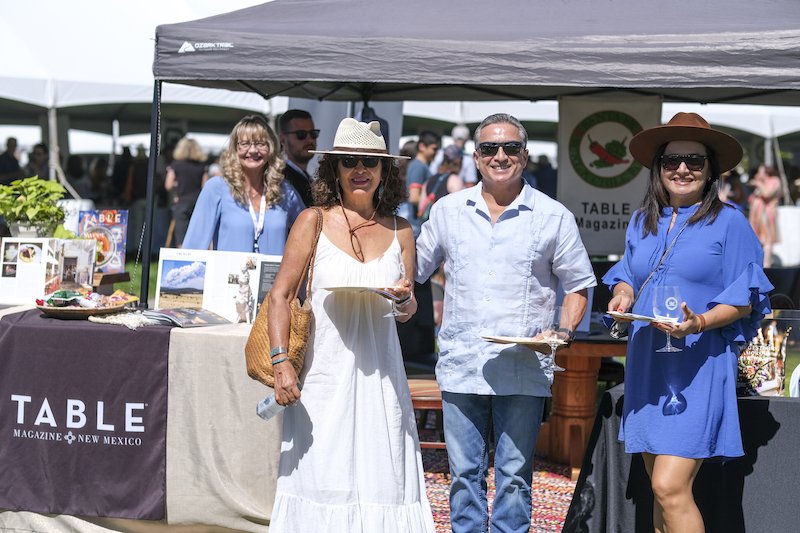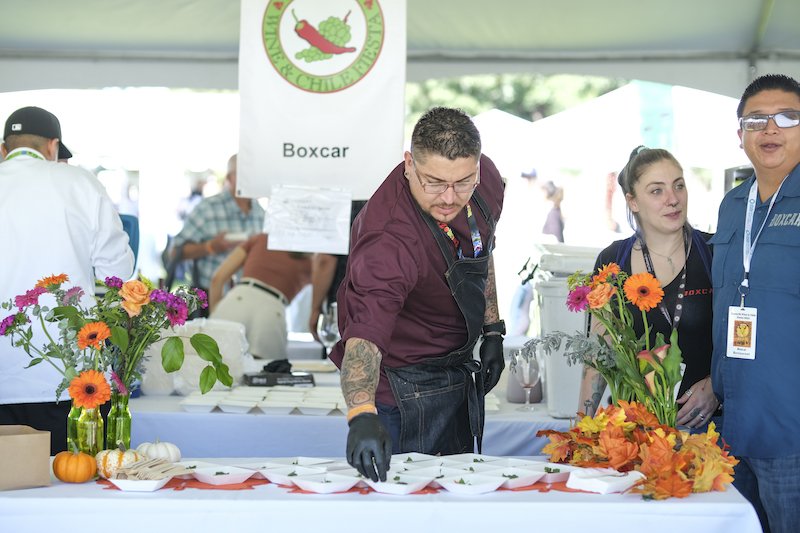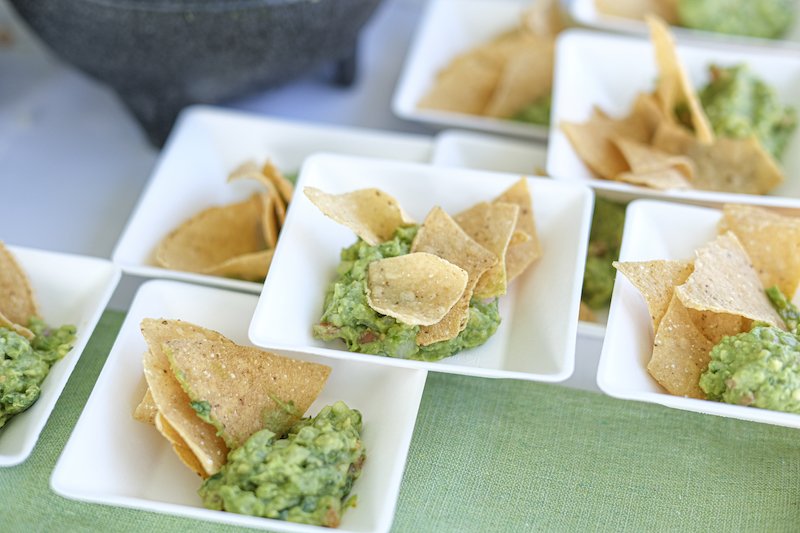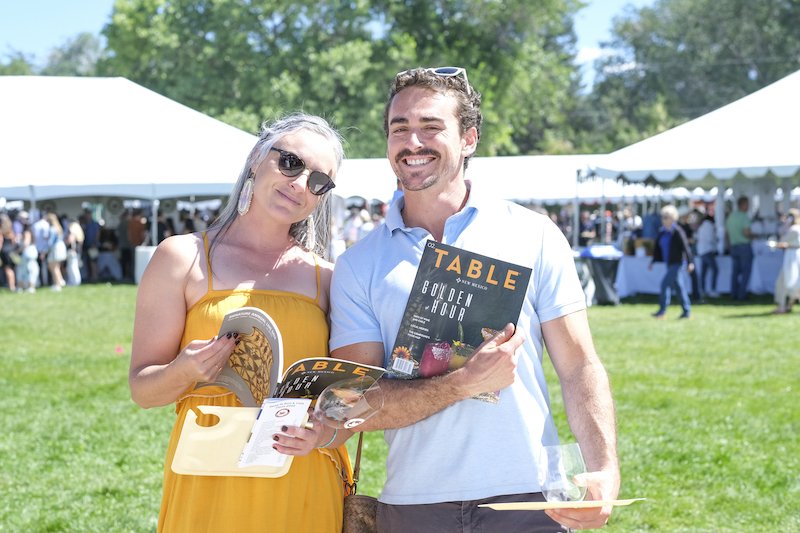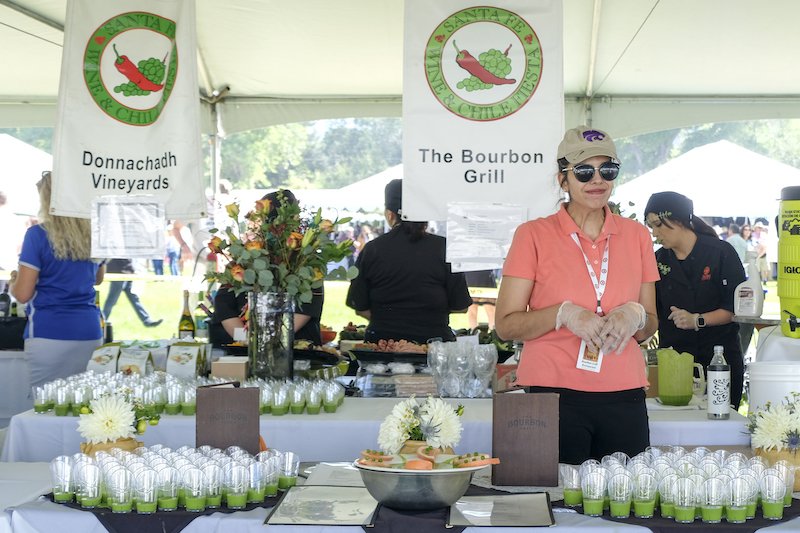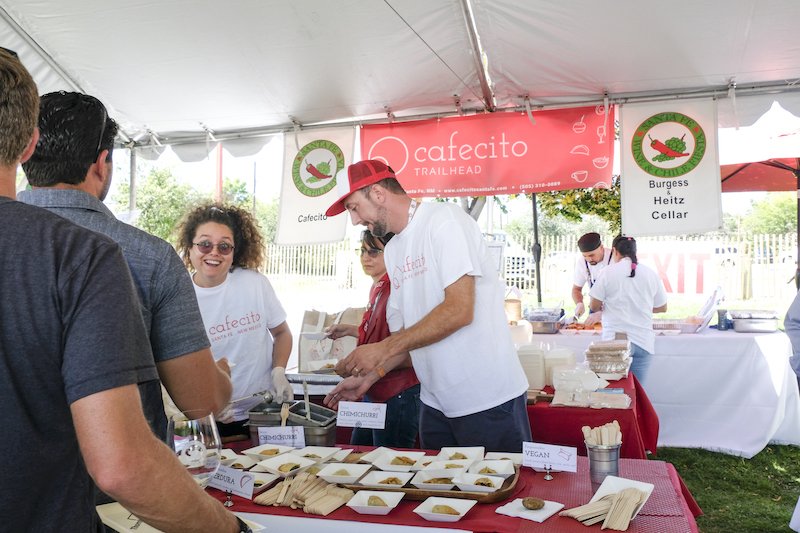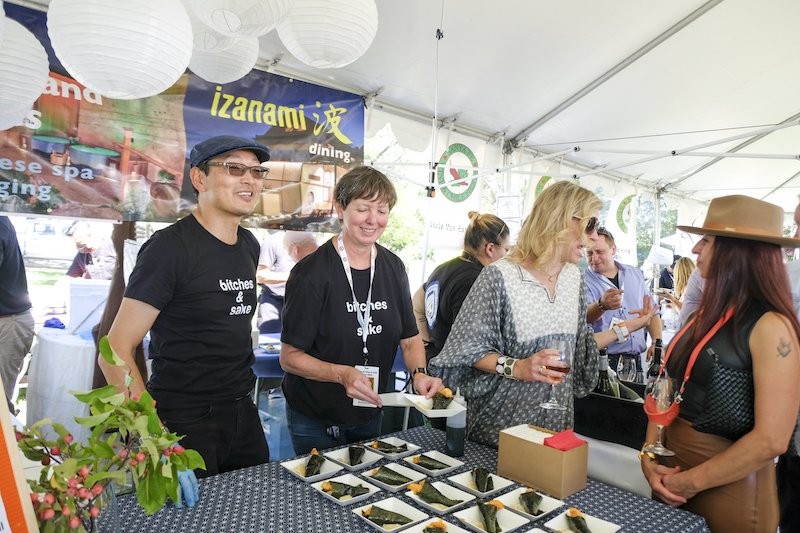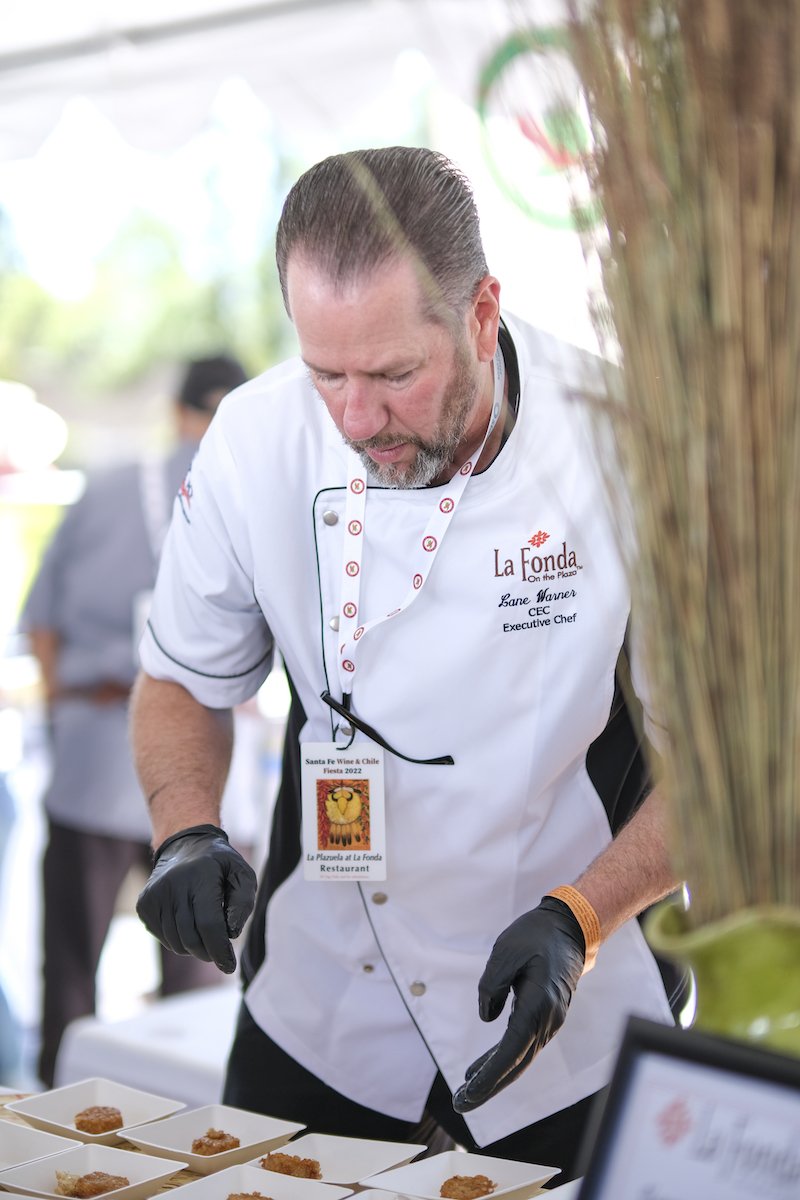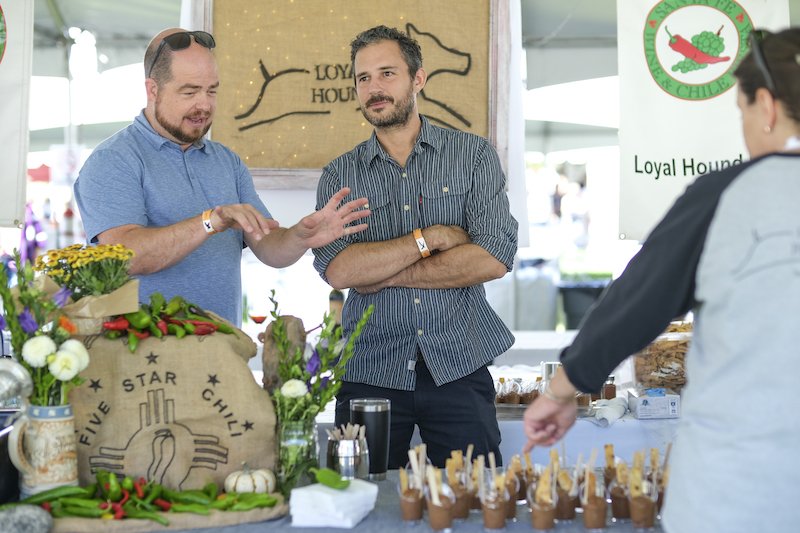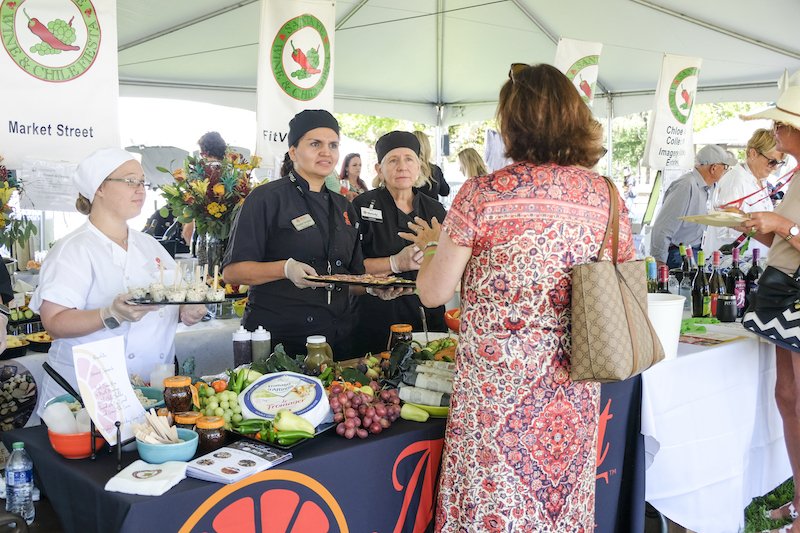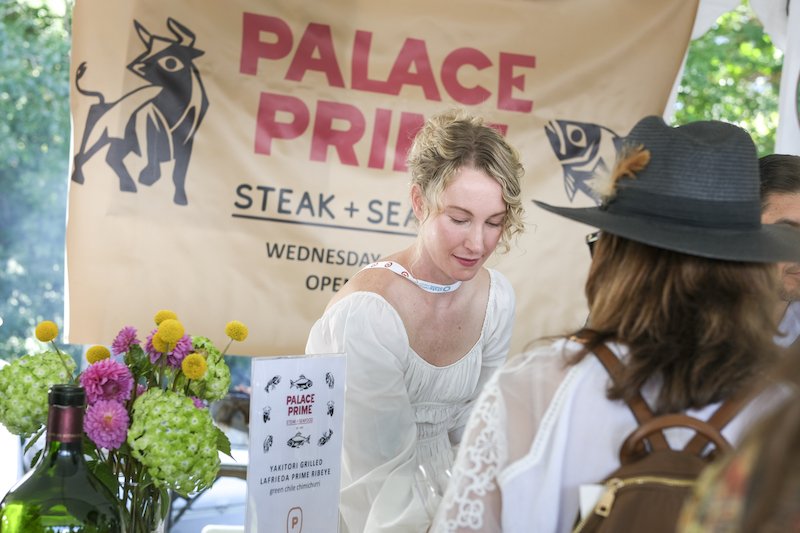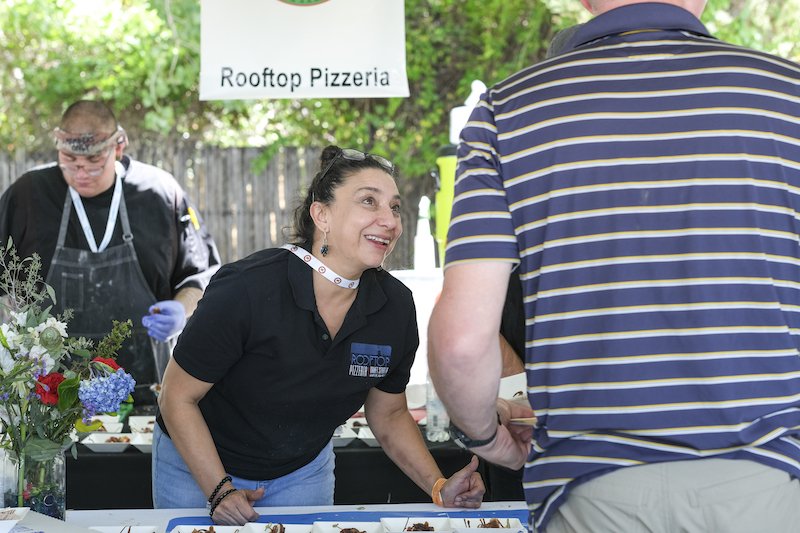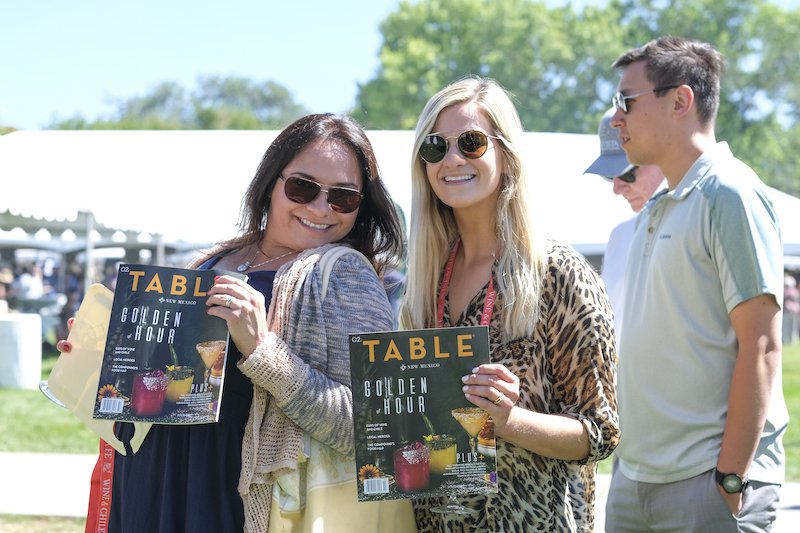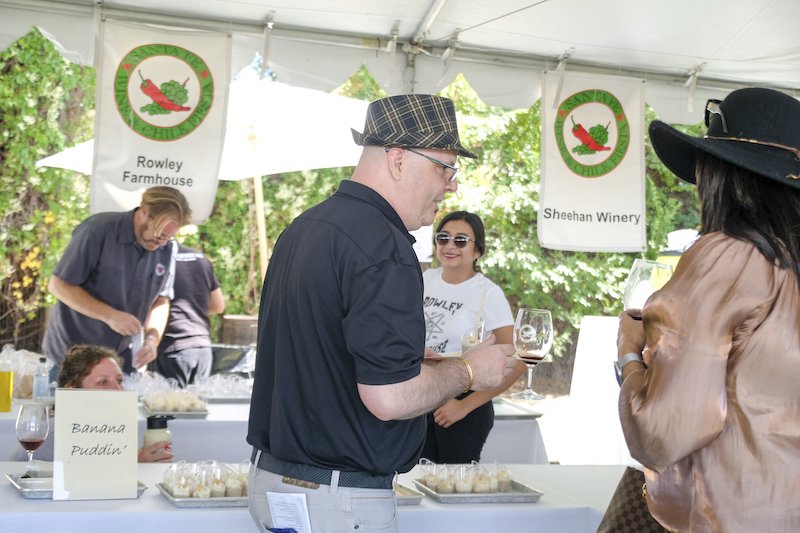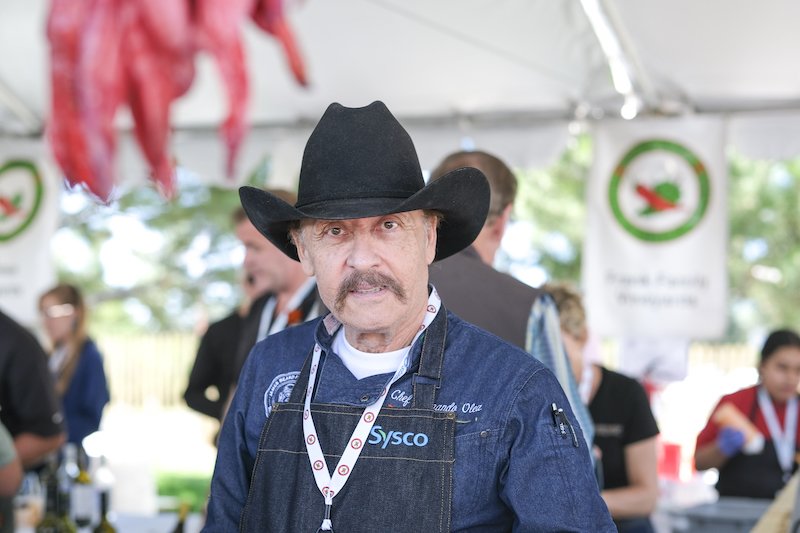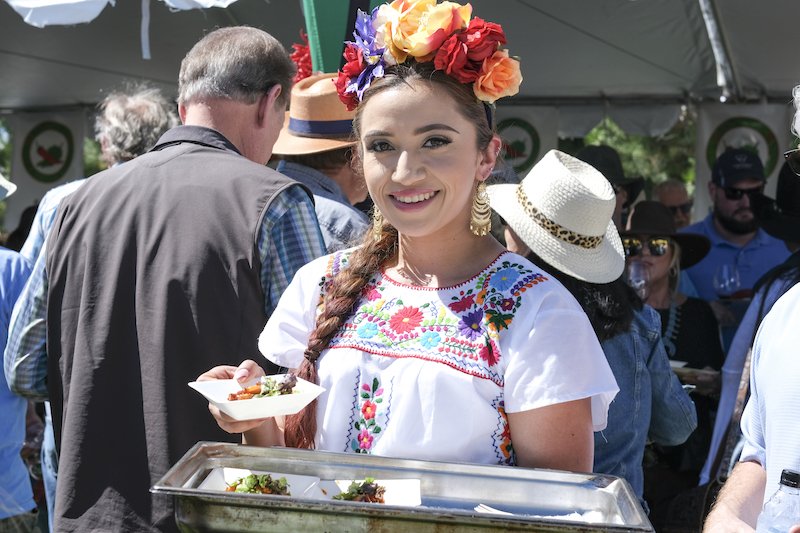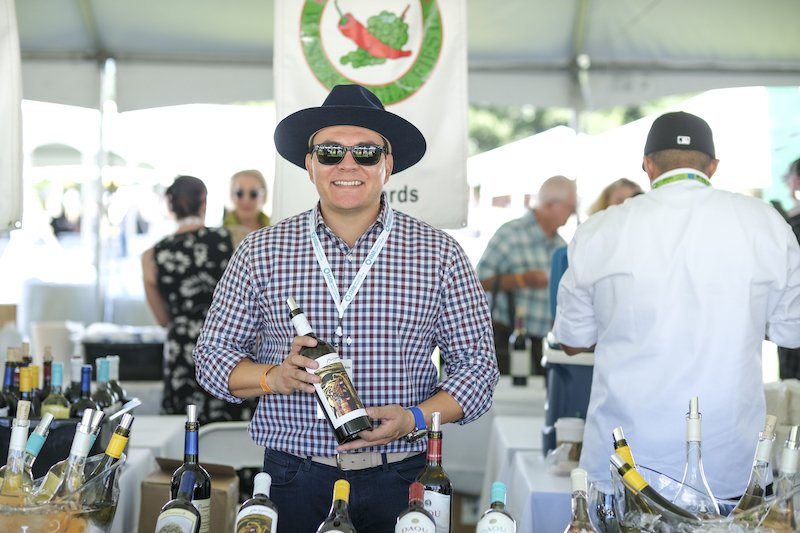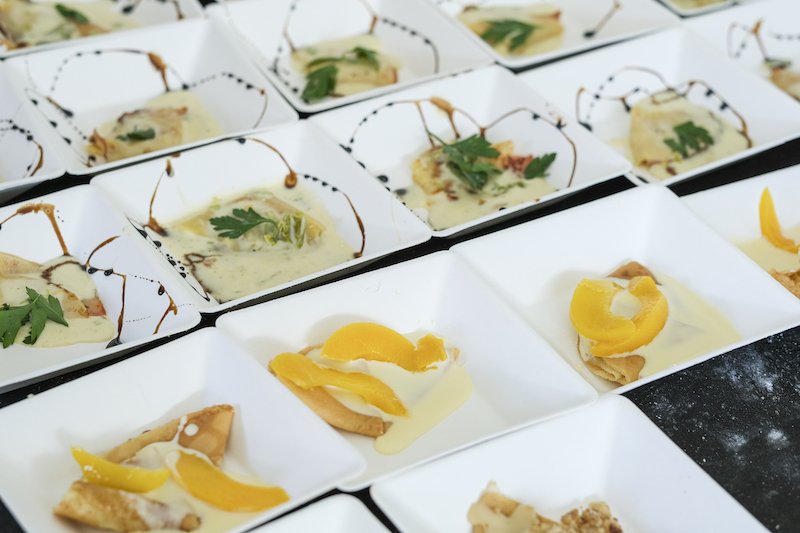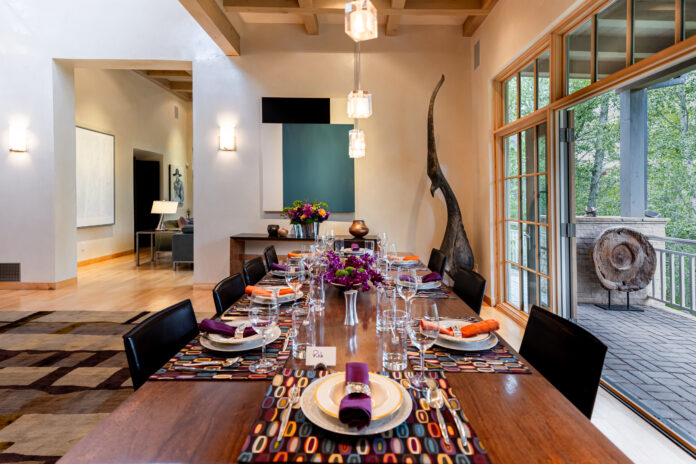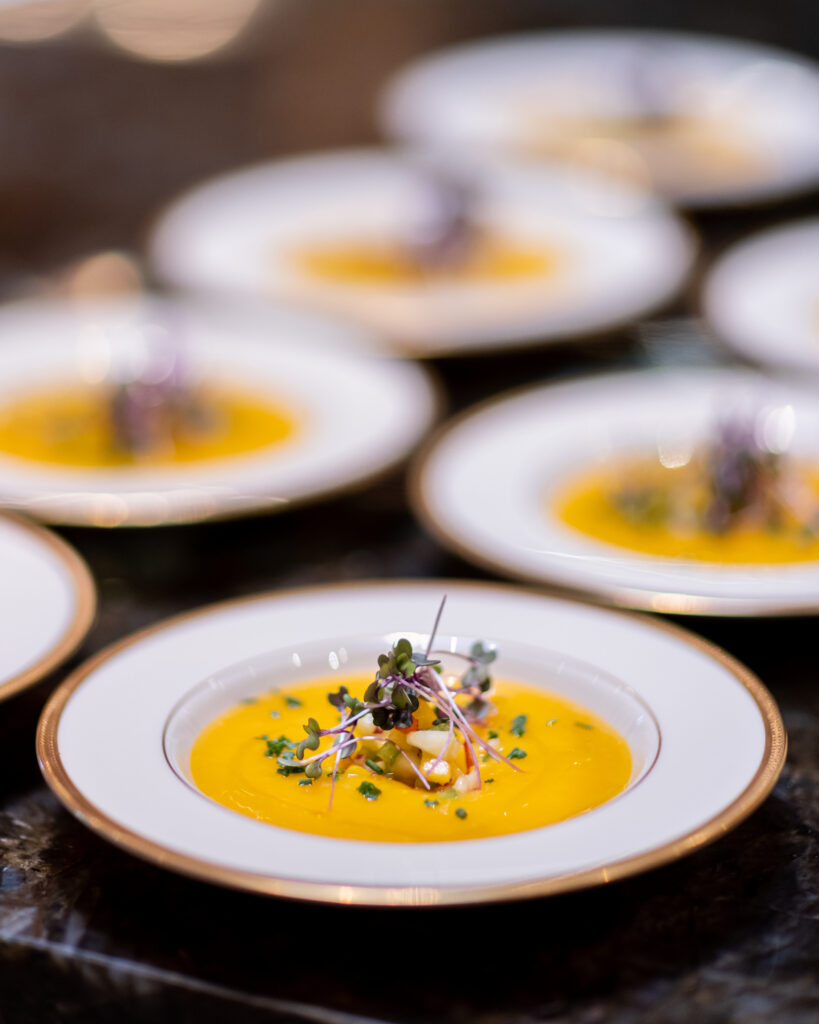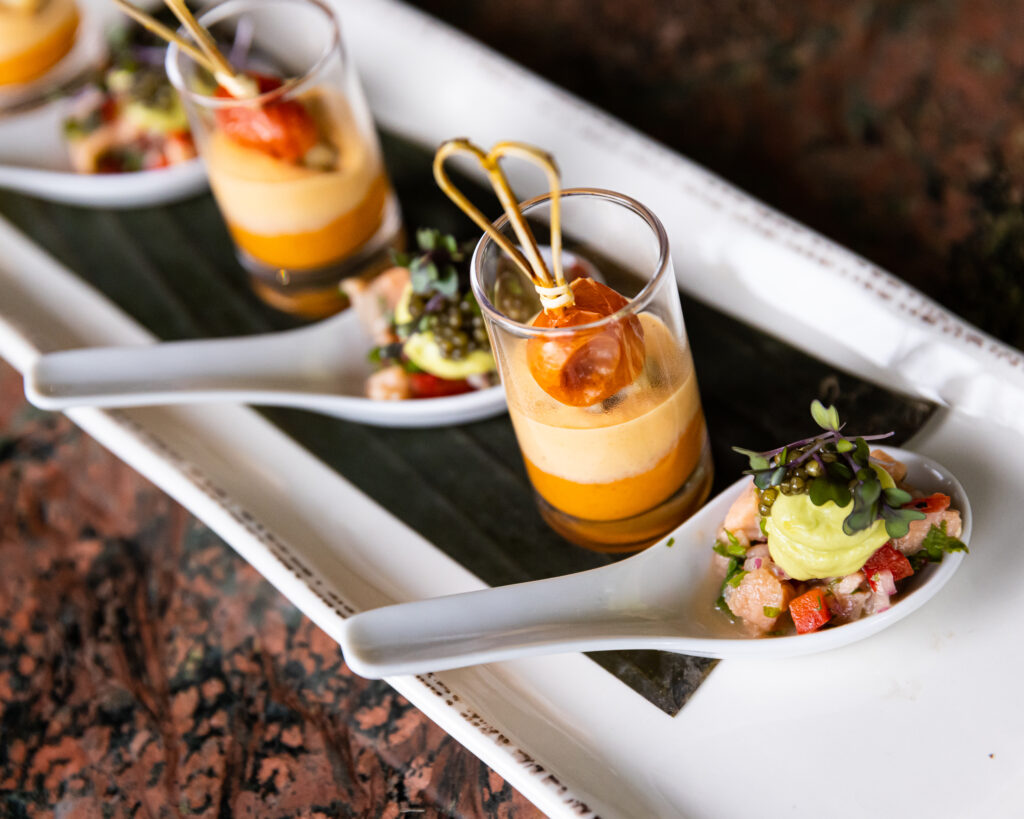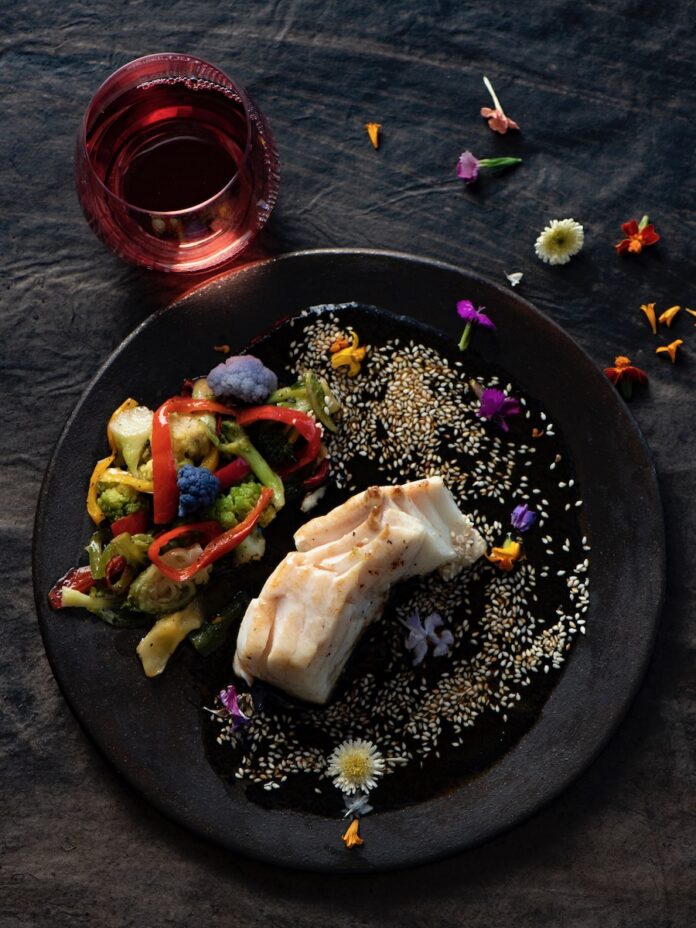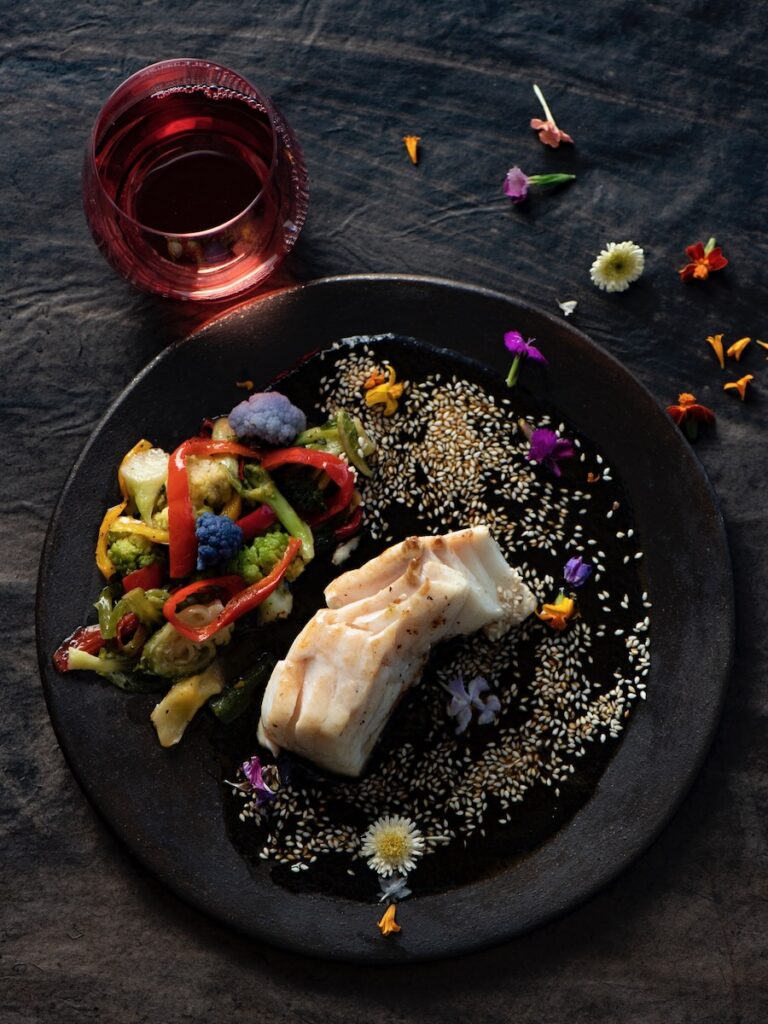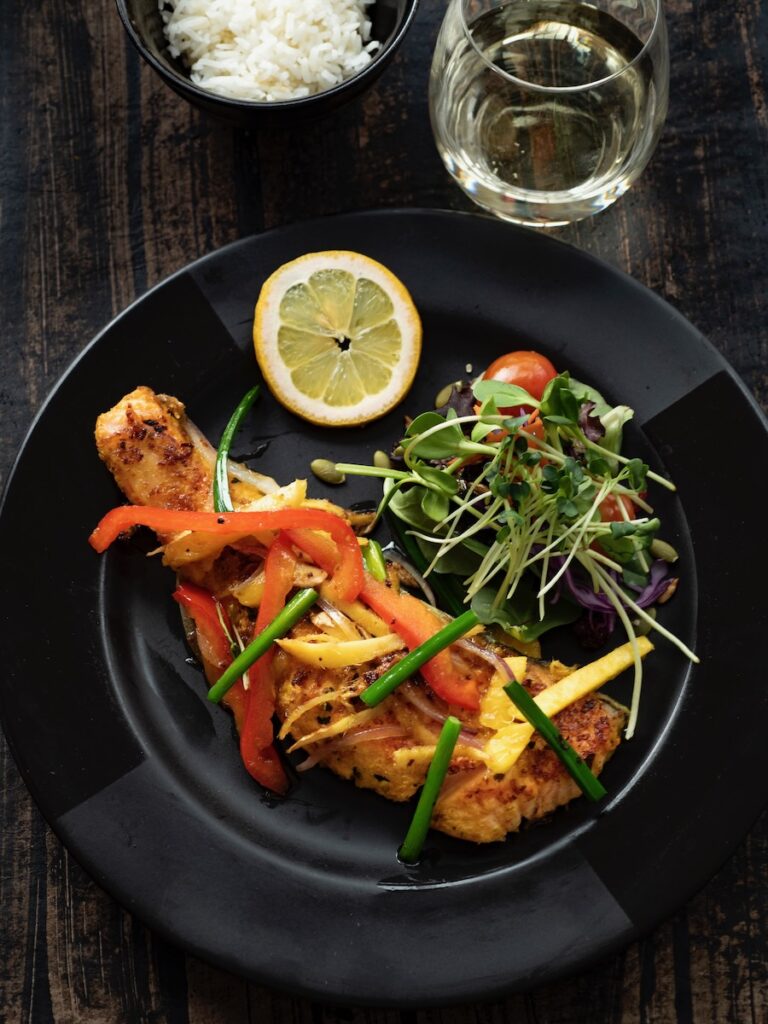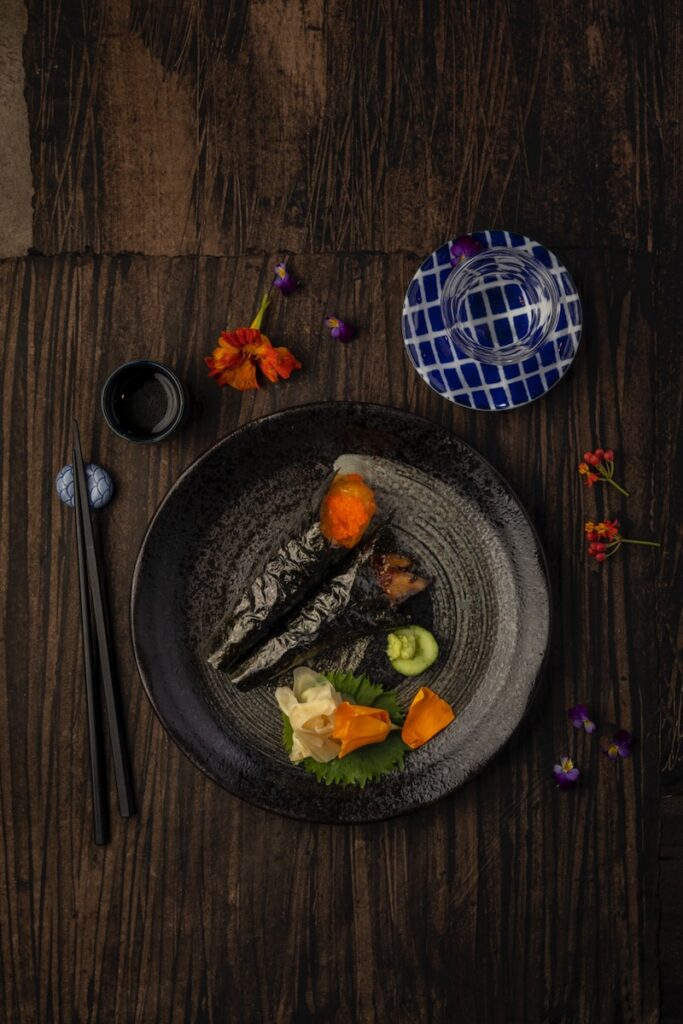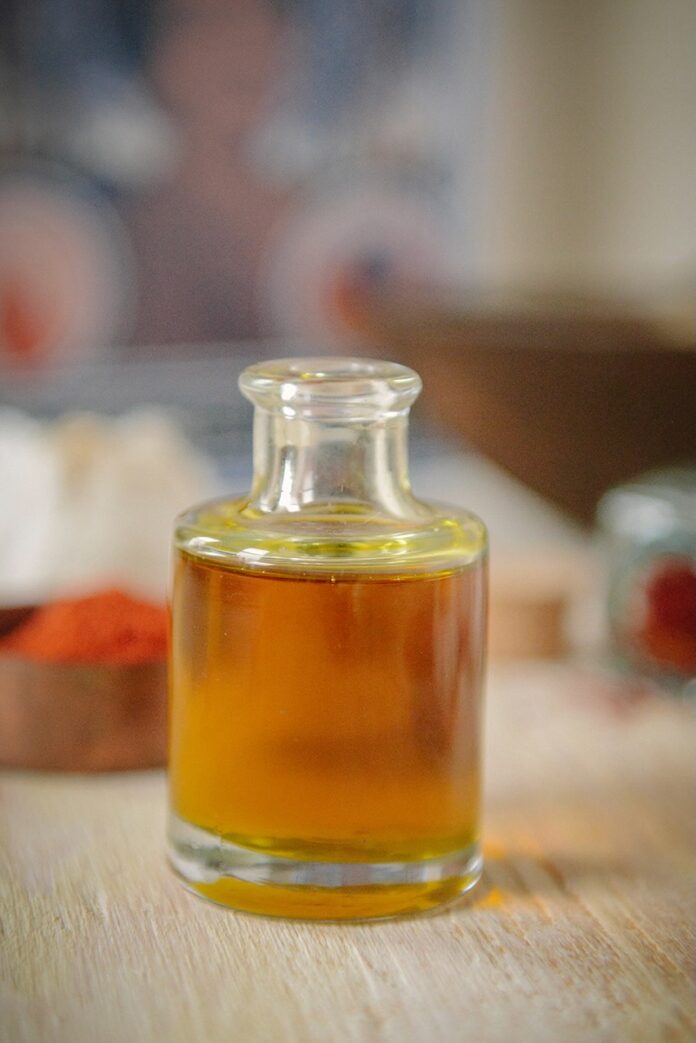Journalist Julia Goldberg interviews Chef Asma Khan about the troubling roots of this globally embraced, and quite soothing, beverage.
Chef Asma Khan Talks the Tradition of Drinking Tea
The Flavor and History of Tea
Chef Asma Khan carefully tips her cup to reveal the tea’s dark color without spilling a drop. Cooked in a terracotta pot, the brew is both “dark” and “earthy,” she explains.
“The aroma has got pepper, ginger, bay leaf, a little bit of cinnamon, cardamom,” she notes. “This tea is alive with flavors. Every sip, as it cools, I will taste a different spice.” Though Khan is thousands of miles away in London, sipping her chai via Zoom, her words cast a spell. In fact, the tea—its aroma and history—feels closer than 5,000 miles and 300 years.
Colonial Roots and Family Legacy
Tea, of course, is more than an enjoyable beverage. Its trade history bears “the scars of colonialism,” Khan says, in the soil of India where she was born and raised. Those scars date back to the 18th and 19th centuries, when England exported to China opium grown in India in exchange for tea and other goods. As a result, opium stripped the soil of nutrients and often left families unable to eat the crops they cultivated.
At the same time, people in India grew “very addicted” to tea. One of Khan’s maternal ancestors planted some of the first tea gardens in Darjeeling. “I believe the saplings were smuggled in from China,” she says. “This is how our plantations started.” Eventually, her family owned 32 tea gardens; today, only two remain.
Tea as a Social Leveler
Despite its colonialist roots, tea also served “as the great leveler” in Indian society, Khan explains. In Calcutta—where her family moved in the 1940s—tea stalls still abound.
“Because of the problems of untouchability and caste in India, the tea shop was one place where everybody came to drink tea,” she says. To solve this issue, “terracotta cups were made that were thrown away and broken the moment you drank your tea.”
Khan lifts one of these small brown cups, handed to her off camera at her restaurant Darjeeling Express. “We serve tea in my restaurant in these terracotta cups,” she says.
Afternoon Tea Traditions
Khan will discuss tea, as well as her own story of becoming a professional chef, during a May 22 afternoon tea at the Santa Fe Literary Festival.
In India, afternoon tea “is pretty much a copy of the afternoon tea you get in England,” she says. “You have sandwiches, cakes, jam and bread, fruitcake, cookies, biscuits, and Nankhatai, which is like a shortbread biscuit.” Over time, The practice grew alongside industrialization, leisure time, and later electricity, which allowed families to eat dinner later in the evening.
For these gatherings, tea is usually first flush Darjeeling and never drunk with milk or sugar. By contrast, Street tea differs starkly. Served in small cups, the brew is strong and often paired with a shingara, “the Bengali word for samosa.” She describes it as small, fat, triangular, and stuffed with potatoes—or, in winter, cauliflower, peas, and peanuts. “It’s just unbelievably tasty and very cheap,” she adds. Regardless of class or background, “you could always buy at least one shingara with your tea. Tea was always cheap.”
This May visit will be Khan’s first trip to Santa Fe. “I’m super excited,” she says. “I’m looking forward to discovering the regional cuisine of Santa Fe” and to talking with people about Indian cuisines, her cooking philosophy, and the restaurant industry.
Khan opened her restaurant Darjeeling Express in 2017. She rose to international fame after her 2019 appearance on Netflix’s Chef’s Table, where she became the first British chef profiled by the show. In the opening scene, Khan recalls riding the Darjeeling Express steam train as a child. Leaning into the cool breeze, she shouted her name into the mountains: “I would call my name out and the entire mountain would echo my name back to me. That was my moment of freedom, of liberation.”
Today, that prediction has come true. Moreover, her restaurant thrives, welcoming both Bollywood stars and Hollywood actors like Paul Rudd. Yet, she says, her success only deepens her resolve to address inequity and injustice in her industry.
Advocacy and Legacy
Khan traces this resolve back to her father, who told her, “If you are in a position of strength, if you are privileged, you have an obligation to speak up for the voiceless and amplify the voice of the weak.”
Though born into a royal family, Khan carried the stigma of being a second daughter. Because of this, she became even more determined to succeed and to champion other women. She runs her restaurant with an all-women staff and has publicly spoken out against abuse in the industry, even calling out Michelin for not rescinding a star awarded to an abusive chef.
She advocates for restaurant unionization and inspections of working conditions. Recently, Khan announced she would be searching for a new location for Darjeeling Express, one with an open kitchen to highlight her female staff. “My legacy will be for all those women who I was able to help,” she says. “Not what I achieved.”
Her mother also modeled advocacy. A food entrepreneur herself, she hired abandoned women and insisted the family dined with their staff in restaurants—something unheard of in India.
Ammu and the Language of Food
Khan’s forthcoming book, Ammu: Indian Home-Cooking To Nourish Your Soul, is both memoir and cookbook, written as a tribute to her mother. “I think this book I had already written in my soul,” she says. “It is literally 100 recipes, but also the story of a loving relationship.”
That relationship included her mother teaching her to cook after she moved to London. At the time, Khan had finished her PhD in British constitutional law but felt lonely and adrift. Then, one afternoon, the aroma of paratha—a dish she had never learned to make—brought her to tears. Her mother understood and told her she was “hungry for food that tasted like home.”
Food, Khan explains, was always her mother’s way of expressing love. She recalls her mother’s words when she returned from school: not “How are you?” but “What do you want to eat?” Watching her eat brought her mother joy. Now, years later, Khan finds herself repeating those words to her own children.
Passing It Forward
The book’s final chapter reflects on Khan’s own role as a mother to two “London-accented boys.” She wants them to understand her culture, her struggles, and her successes. More importantly, she hopes they surpass her.
“I want to stand on the sidelines,” she says. “I want to applaud a female founder and someone of my ethnicity, a Muslim, an immigrant, opening a restaurant and being more successful than me… I must lift others because I have never had to sleep hungry. I have had a roof over my head. I have been educated. I have never been abused. But I know people who do live this way. And I will do everything I can.”
For tickets to the Santa Fe Literary Festival, visit sfliteraryfestival.org.
Story by Julia Goldberg
Photography by Harsh Pandey
Subscribe to TABLE Magazine‘s print edition.

